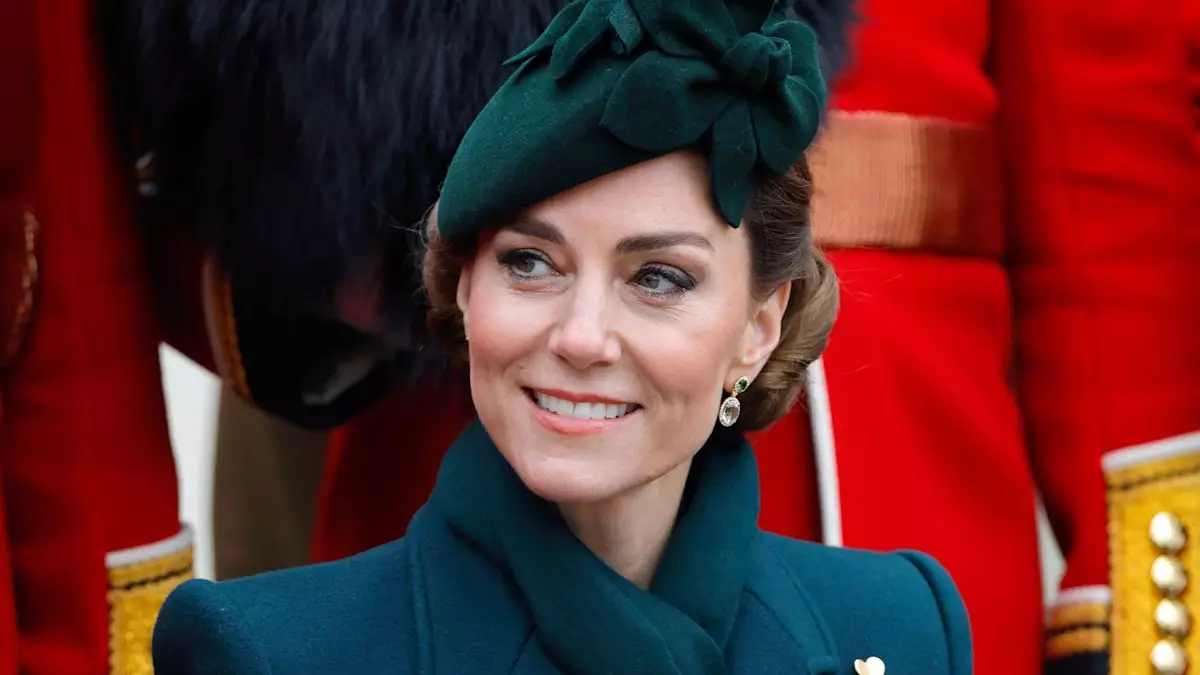In the ever-evolving landscape of monarchy, Princess Kate’s decision to stay home while Prince William travels to Pope Francis’ funeral is a notable illustration of the balancing act required of modern royals. This choice reveals deeper themes at play within the royal family’s approach to their responsibilities, traditions, and personal lives. The public’s keen interest in royal affairs often overlooks the nuanced reality that members of the monarchy experience—juggling ceremonial obligations with the everyday dynamics of family life.
Kate’s absence from such a significant event is significant. It signals both a respect for royal protocol and a dedication to her immediate family. With three young children, including Prince Louis, who recently celebrated his seventh birthday, and Princess Charlotte, whose milestone tenth birthday is on the horizon, the decision underscores a departure from the traditional expectations placed upon royal women. The choice to prioritize family commitments over public appearances is emblematic of a changing royal narrative—where personal choices can coexist within their public duties.
William’s Role as a Future King
Prince William’s solo attendance at Pope Francis’ funeral is laden with meaning, particularly as it positions him more prominently as a global statesman. The funeral itself represents not just a farewell to a spiritual leader but serves as an international stage for William to step into his royal role, one that will eventually become more pronounced as he prepares for kingship. This solitary appearance reflects a modern tradition where younger royals are increasingly expected to carry the weight of representation, fostering connections on a global scale.
Historically, the royal family has followed certain protocols that dictate their participation in religious ceremonies. King Charles’ choice to abstain from attending, despite his meaningful relationship with Pope Francis, aligns with the longstanding precedent set by Queen Elizabeth II. He too understands the delicate balance of respecting boundaries within faith and tradition. Royal family members, especially in their official capacities, often navigate a complex minefield of expectations—where their status as Defender of the Faith mandates a level of distance from Catholic observances.
Striking the Right Balance
The juxtaposition of William’s attendance and Kate’s absence serves as a powerful reminder of the evolving role of the royal family in contemporary society. While royal duties often demand public presence, the decision to prioritize family reflects an awareness of modern parental responsibilities. Such actions mirror a broader societal shift where work-life balance is not only encouraged but celebrated.
William’s interactions with Pope Francis, particularly in their recent meetings, further illustrate his burgeoning role on the world stage. However, the missed opportunity for Kate to connect with the Pope is not merely a lapse in royal appearances; it symbolizes the continual negotiation between personal obligations and public expectations. In acknowledging this shift, it’s essential to consider how the narrative surrounding royal engagement grows alongside societal expectations, which increasingly value presence at home equally as much as in public.
Public Reactions and Royal Image
The public will undoubtedly scrutinize Kate’s absence, reflecting on what it means for the royal image in this digital age, where every decision is rapidly disseminated and dissected. Some may see her absence as a slight, while others may view it through a lens of modernity, recognizing the necessity of prioritizing family amid global responsibilities. The monarchy’s relevance hinges on its ability to adapt and resonate with contemporary audiences, and Kate’s decision may very well enhance her relatability amongst her peers—a symbol of the ever-evolving role of women in the royal narrative.
Ultimately, as the world watches Prince William navigate his place within royal traditions while simultaneously embodying the figure of a future king, it is Kate’s grounded choice to stay with her family that exemplifies the real commingling of tradition, modernity, and personal values. This dynamic will undoubtedly continue to shape public perceptions of the monarchy, presenting them as figures of both authority and approachability as they find ways to honor their past while cultivating their future.

